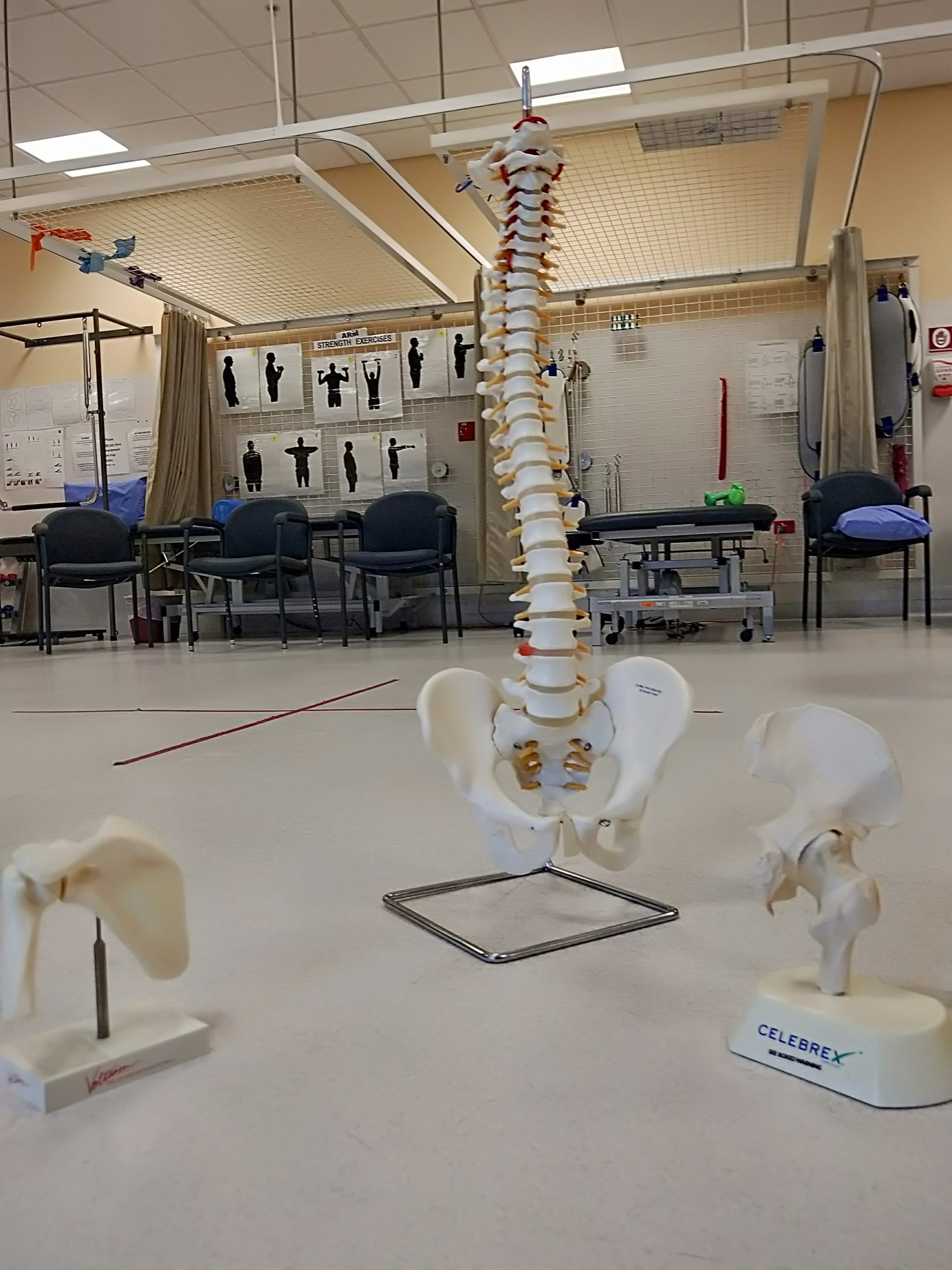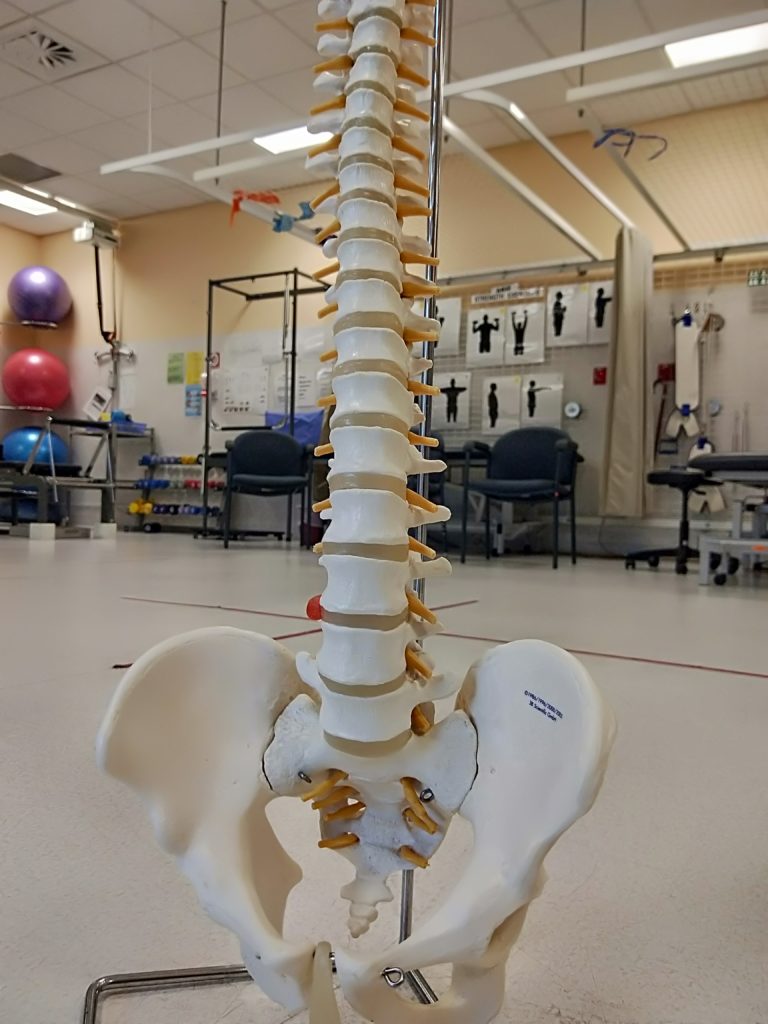What are bony metastases?
When cancer cells from a primary tumour move to bones, they are called bony metastases. Bony metastases affect many people with advanced cancer. They are particularly common in people with advanced breast, lung, and prostate cancer.
Common regions for bony metastases include:
- Pelvis
- Spine
- Ribs
- Femur

Considerations for Exercise
It is still safe for people with bony metastases to exercise. However, some important adaptations will be required to ensure safe exercise participation:
| Adaptations and Considerations |
|---|
| Consider location of bony metastases and limit loading of bone metastases site |
| Avoid excessive spinal flexion, extension and rotation; clarify with medical team need for bracing |
| Monitor for increasing functional pain – refer on for medical evaluation |
| Consider if the exercise test is necessary and avoid manual muscle testing in affected limb |
| Exercise as tolerated as limited by pain. Focus on postural alignment, controlled movement and technique |
| Minimise fall or impact risk |
It is important you collect the following information in your assessment and obtain medical information such as bone scans before you proceed
- Number
- Location and type of bone lesion(s)
- Level of bone pain
- Any other bone-related symptom
How to talk to your patients about exercising with bony metastases
 Ask them what they already know about exercise and advanced cancer and fill in the gaps. Educate them about the benefits of exercise specifically in relation to advanced cancer such as improved function and quality of life and the risks of inactivity including falls and increase fracture risk.
Ask them what they already know about exercise and advanced cancer and fill in the gaps. Educate them about the benefits of exercise specifically in relation to advanced cancer such as improved function and quality of life and the risks of inactivity including falls and increase fracture risk.- Encourage patients to exercise in a safe environment to prevent falls such as nearby to support, with another person, exercise on flat surfaces.
- Advise them about the types of exercise they can complete safely and those to avoid (e.g. impact training like running or lifting heavy weights)
- Educate your patient about what is ‘good’ and ‘bad’ pain (for example so they can differentiate muscle pain from bone pain)
- Advise them to stop and seek advice if they feel anything uncomfortable or out of the ordinary and where they can go for further information.
Clinicians should also consider that a patient may be at risk of developing metastases. Sometimes you may not know if your patient has developed new bony metastases or not. Asking them the following questions may help you determine if their disease has progressed:
- Is the pain new or pre-existing?
- Do you have unrelenting pain, especially at night or when lying down?
- Have you experienced new weight loss?
- Do you have pain with weight-bearing activity (e.g. walking, carrying things)
Medical guidance should be sought if patients present with bone pain, have received past medical treatment for bone pain or have a history of disease related fractures. It is recommended this guidance is sought from a medical or radiation oncologist and is bi-directional.
Comprehensive guidelines can be found here: Campbell et al 2022.
A practical guide to managing bony metastases can be found here.

